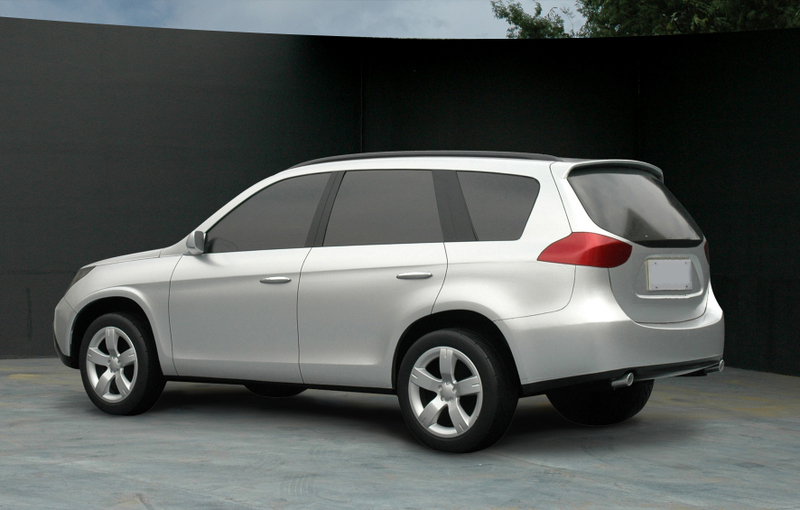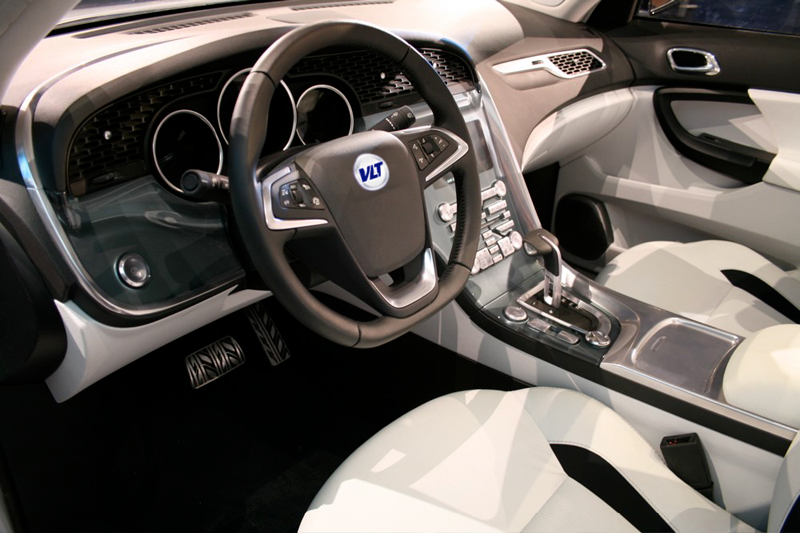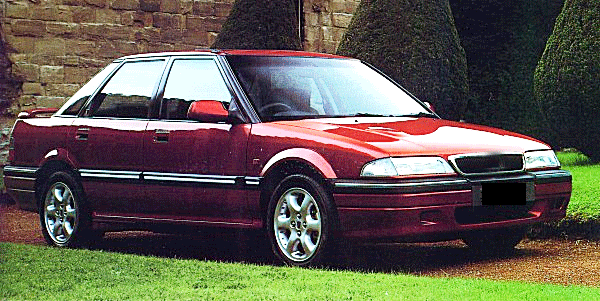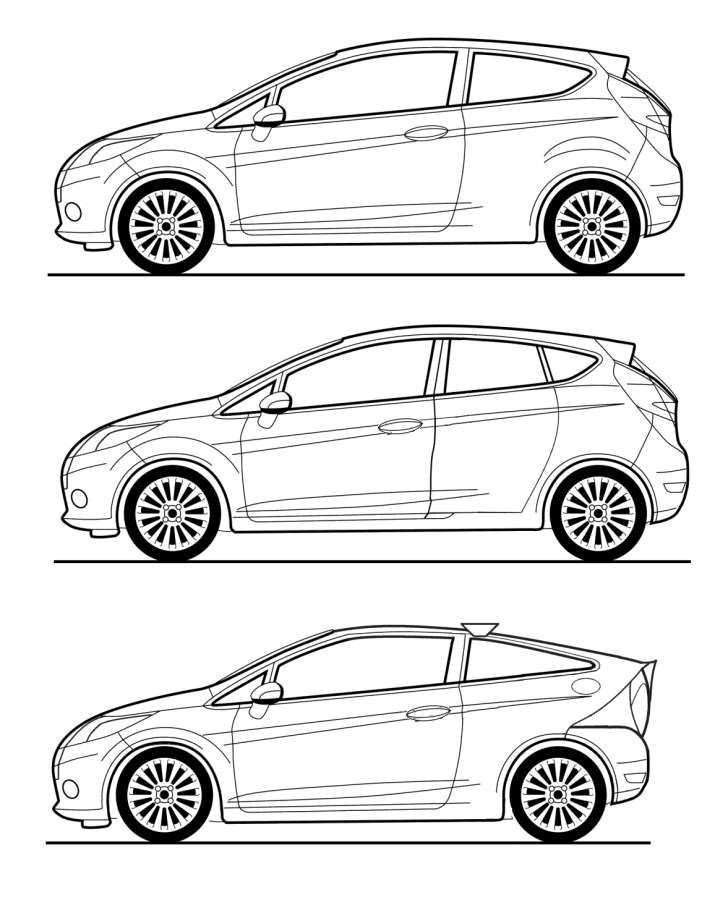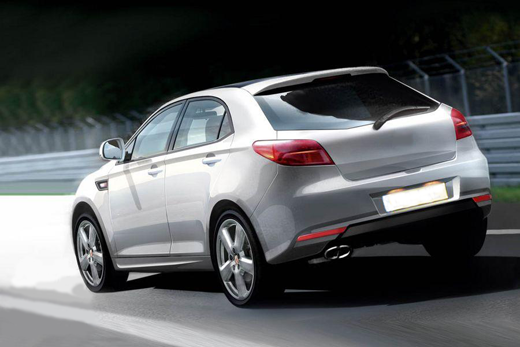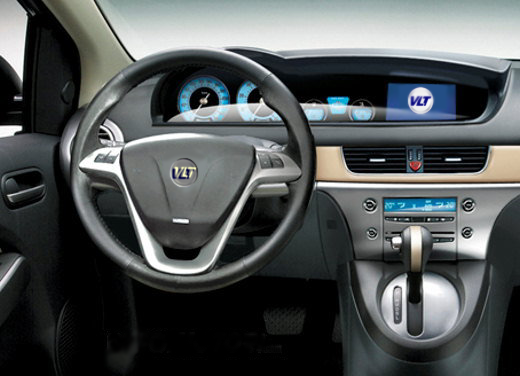Thread is permanently closed for posting-use OOC thread instead please.
AutoReview is an independant motoring publication based in Scalietti.
Completed Review Index
Forza Z8 - 14/03/2011
Evesa Murica vs Celsan Cirro vs RVC F6 Khalith - 16/03/2011
Monteluci Duca 3.2 BiTurbo vs. Forza E6 LX - 17/03/2011
Assoluto Sovrano vs. Montelusso Ferocce SS - 02/04/2011
Rochard Aventure 2.0L LXDi vs. VLT L5X CD 200 vs. Forza C4D L - 15/05/2011
Small car Megatest - 08/07/2011
Upcoming Reviews
Participating Companies
Automobili Assoluto(Monte della Vittoria)
Automobili Monteluci (Van Luxemburg)
Celsan Automotive LLC (Astholm)
Evesa Automotor (Costa Fiero)
Forza Automotive (Vitaphone Racing)
Hampton Motors (Vistania
MonteLusso Automotive (Monte Mare)
Perim Nealon Regal Group (Democratic Colonies
Poplarkerr Automobiles Inc.(Loonaterian)
Shaf Automotive (Jungastia)
Rhydia Vehicle Corporation(The City State Rhydin)
VLT Automotive Group (Van Luxemburg)
Individual Models
Auto Syndicate Konik (Soviet Haaregrad)









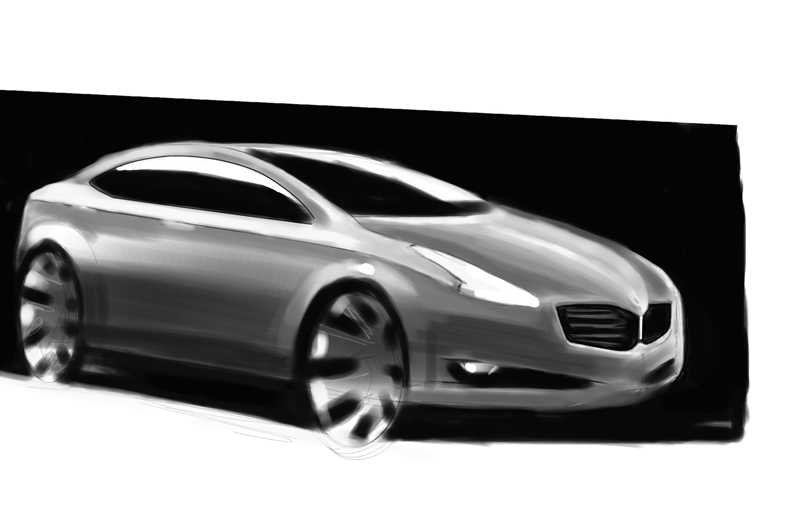
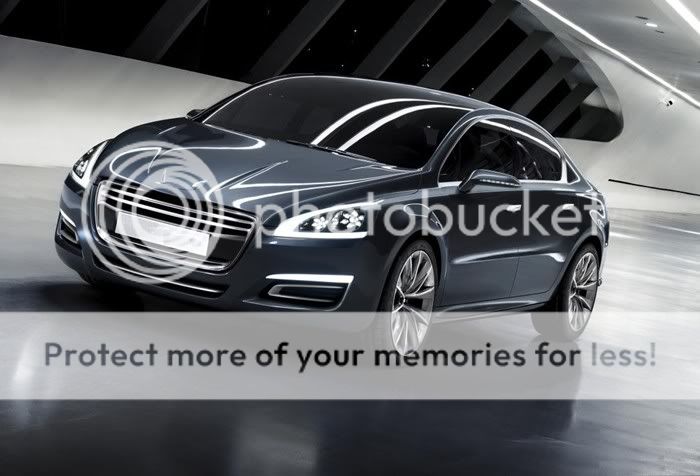

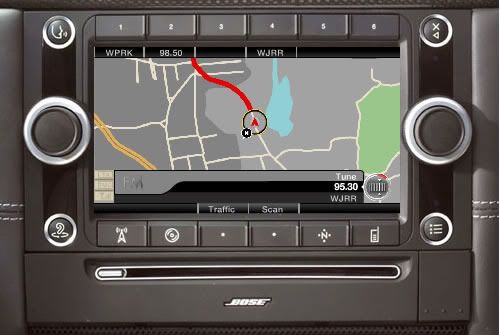


 [/align]
[/align]

 [/spoiler]
[/spoiler]